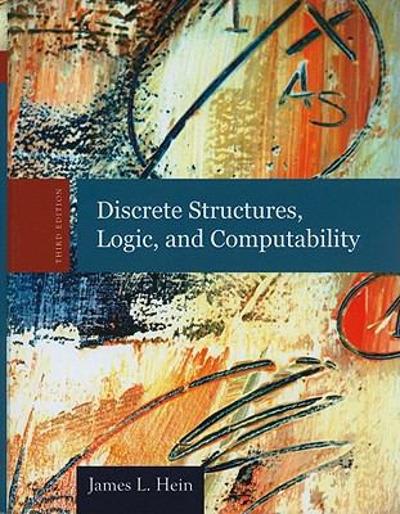Identify the premises in hypothesis and prediction
The following passage contains an inference to the best explanation. Identify each premise and the conclusion. Does nature really abhor a vacuum? Building a barometer is a relatively simple task. The first barometers, constructed in the 1600s, were made by filling a tube with liquid, temporarily closing the end of the tube, and then placing that end a basin of the same liquid. Once the end of the tube is uncovered, if the tube is sufficiently long, some of the liquid will flow out, raising the level in the basin and leaving a space at the top of the tube. That's a barometer. But there are two complications with this simple device. If the liquid is water, then the tube has to be over 34 feet long to work properly. That problem is solved by using mercury, which is heavier and only requires a tube that is a little over 30 inches. The second problem is understanding what is happening. The first barometers were not used to measure air pressure or predict the weather. Rather, they were used to investigate the idea of a vacuum-a space that is completely empty. The ancient Greek philosopher Aristotle (384 - 322 B.CE.) claimed that a vacuum is impossible, and in the 17th century, many scientists still agreed. Consequently, the space above the liquid in the tube could not be a empty. It must be filled with matter of some sort. In contrast, according to the mechanical theory of the barometer-developed by Evangelista Torricelli (1608-1647) and Blaise Pascal (1623-1662) that space is a vacuum. Torricelli also suggested that air has weight and that weight pushes down on the liquid in the basin. The pressure from the air, then, holds the liquid in the tube at a specific level The Aristotelian explanation for the space at the top of the barometer's tube was muddled. Since something had to fill the area, Aristotelian scientists thought that it might be either vapors given off by the liquid in the tube or "aether"-an air-like substance that, they suggested, could move through the walls of the tube. But, whichever it was, the material in that space was responsible for the level of the liquid in tube pushing or pulling it to a certain height. To settle the controversy, Pascal made a barometer with wine instead of mercury or water. Since alcohol was thought to be more "spirituous" than water, the top of the tube should fill with more spirit (or vapor), and the level of the liquid in the tube would be lower than it would be in a barometer that used water. On the other hand, since wine is slightly lighter than water, the mechanical theory predicted the opposite. Pascal performed the experiment publically, and the level of the wine was higher than the level of water-contrary to the Aristotelians' prediction. Still, the Aristotelians would not accept the mechanical theory or the idea that the air pressing on the liquid in the basin determined the height of the liquid in the tube. So Pascal devised another experiment, this time with the help of this his brother-in-law who lived near Puy de Dome, a mountain in central France. It was known that, as altitude increases, air becomes thinner. Thus, if the mechanical theory was correct, then the height of the mercury in the barometer would drop when the instrument was taken from the base of Puy de Dome to the summit. If the Aristotelians were correct, then the height of the mercury column would remain unchanged. Pascal's brother-in-law carefully performed the experiment, again with others present. Before they climbed the mountain, the level of mercury in his barometer was "26 inches and 3 1/2 lines above the mercury] in the vessel." At the peak, they found that the height was "23 inches and 2 lines." Unfortunately for the Aristotelians, what Torricelli and Pascal had predicted was correct. D







